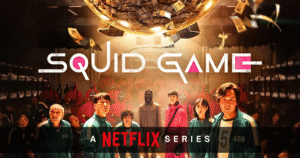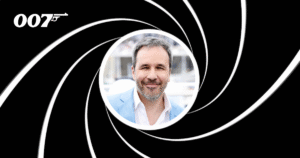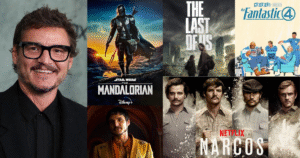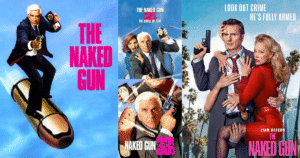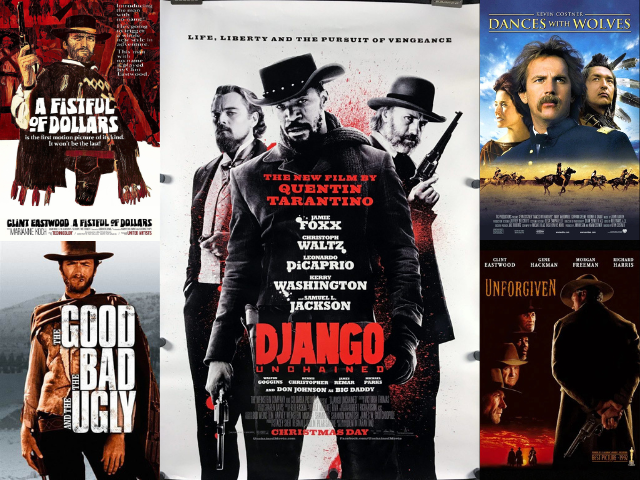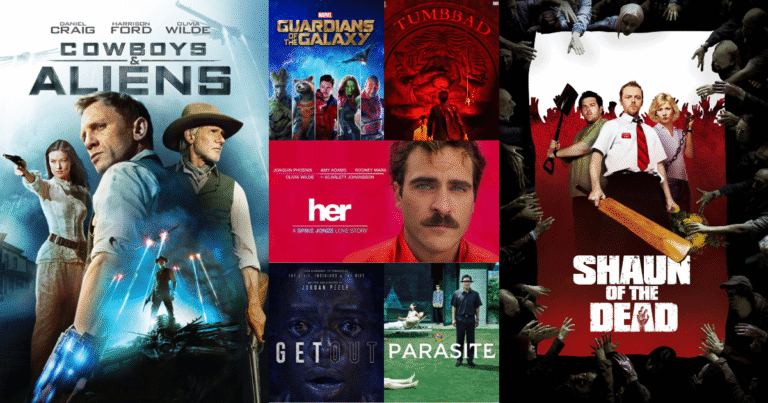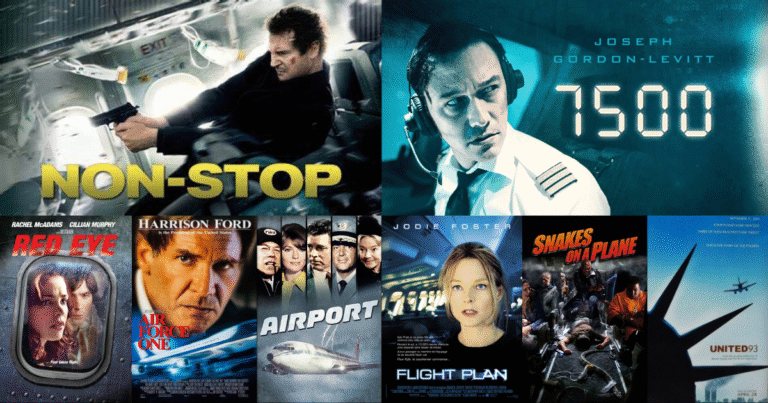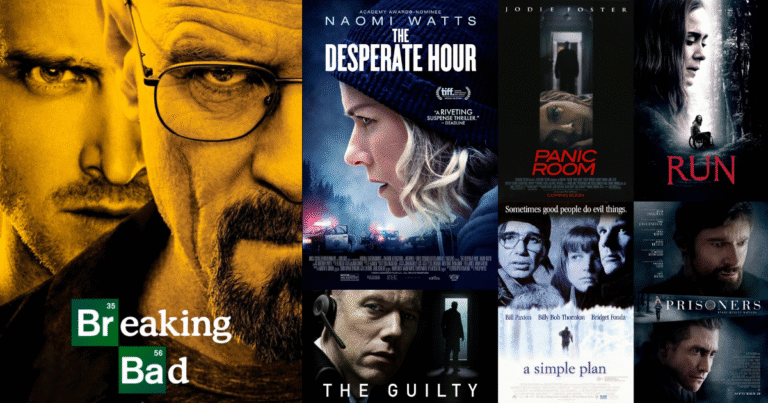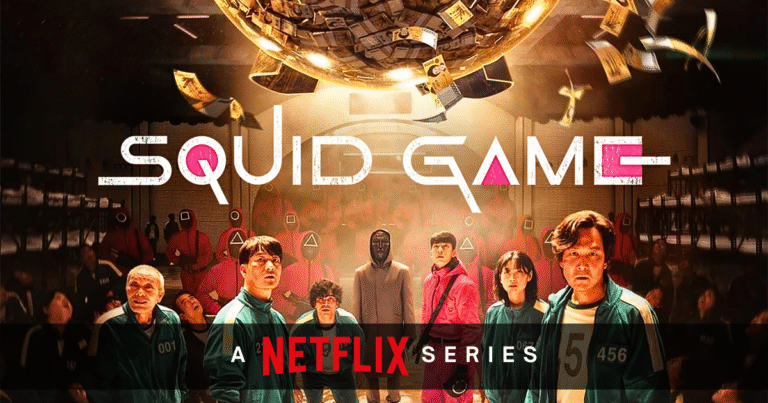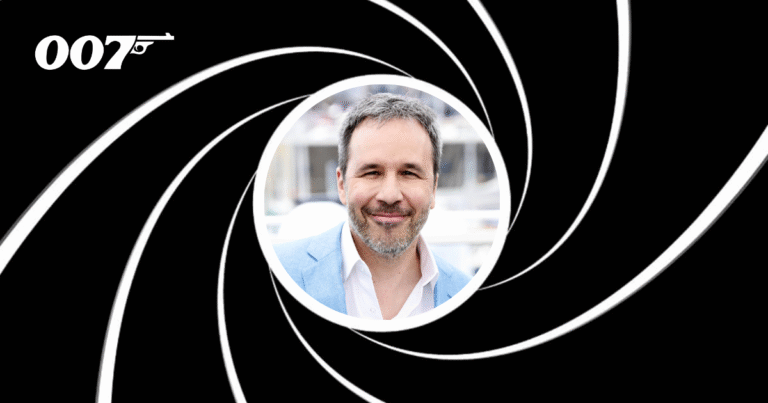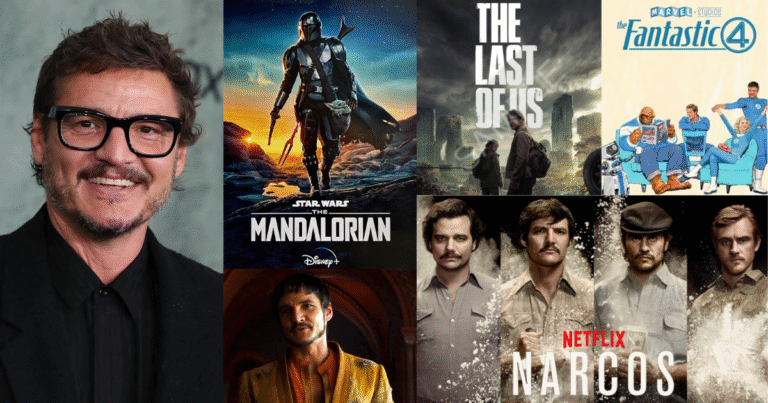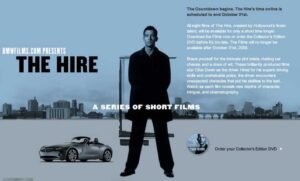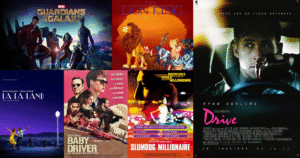The Western film is one of the oldest and most iconic movie genres in American cinema. Cowboys, dusty towns, gunfights at high noon, these images have shaped how we view a large part of U.S. history. But what many people don’t realize is that the Western genre itself has changed over time. In fact, it has transformed alongside American culture, politics, and values. In this article, we’ll take a look at how Westerns have evolved over the years and why they still matter.
The Birth of the Western
Western films started in the early 1900s, not long after the invention of movies themselves. The first well-known Western, The Great Train Robbery (1903), was only 12 minutes long, but it had everything we now connect with the genre, bad guys, gunfights, and a sense of adventure. These early films were simple and action-packed, and they gave audiences a clear view of good versus evil.
At that time, the American West was still fresh in people’s minds. Many viewers had grown up hearing stories about cowboys, outlaws, and the frontier. Westerns gave them a chance to see that world come alive.
The Golden Age of Westerns (1930s to 1950s)
As Hollywood grew, so did the Western. From the 1930s to the 1950s, Westerns were some of the most popular movies around. Stars like John Wayne, Gary Cooper, and Clint Eastwood became household names. These films often had clear heroes, such as a lone cowboy protecting a town from criminals. The themes were simple: courage, justice, and freedom.
During this time, America was going through big changes. The country was recovering from the Great Depression, fighting in World War II, and later dealing with the Cold War. Westerns served as a way to promote American values like bravery and independence. They also helped people escape into a different time.
Changing Times, Changing Stories (1960s and 70s)
As the 1960s arrived, America changed, and so did its films. The Civil Rights Movement, the Vietnam War, and a growing distrust of the government made many people question the world around them. Westerns began to reflect that shift.
Instead of clear heroes and villains, films showed more grey areas. Characters became more complex. Movies like The Wild Bunch (1969) and Butch Cassidy and the Sundance Kid (1969) showed flawed heroes, gritty violence, and a sense of loss. These films made it clear: the Wild West wasn’t always noble. It was often harsh, violent, and unfair.
This era also gave rise to what’s known as the “revisionist Western.” These films re-examined myths about the American West. Native Americans were no longer just background characters or villains. Movies like Little Big Man (1970) and Soldier Blue (1970) showed their side of the story, often painting settlers and soldiers in a less heroic light.
The Spaghetti Westerns
In the 1960s, Italian filmmakers started making Westerns with a different style. These “Spaghetti Westerns,” named for their country of origin, featured dirtier, grittier visuals and more morally complex characters. Director Sergio Leone and actor Clint Eastwood teamed up for classics like A Fistful of Dollars, For a Few Dollars More, and The Good, the Bad and the Ugly.
These movies focused less on American values and more on survival. The line between good and bad was often blurred. But they were hugely popular and helped shape the Western for years to come.
The Decline of the Genre
By the late 1970s and 80s, audiences were growing tired of Westerns. The rise of science fiction, action films, and thrillers pushed the genre into the background. Fewer Westerns were made, and the ones that did come out didn’t always do well at the box office.
Part of the reason was that American culture had moved on. The Wild West no longer felt relevant. People were now focused on space travel, modern cities, and fast technology. Westerns, with their slow pace and old settings, didn’t seem to fit.
A Quiet Comeback
Even though Westerns weren’t as popular, they never fully disappeared. In the 1990s, the genre saw a quiet comeback with films like Unforgiven (1992), directed by and starring Clint Eastwood. This film offered a darker look at violence and justice, asking deeper questions about morality.
Other successful films followed, like Tombstone (1993) and Dances with Wolves (1990), which continued to focus on realistic storytelling and deeper characters. These films were not just action stories. They explored loss, regret, and the changing American identity.
Westerns Today
Today, the Western is no longer a dominant genre, but it continues to inspire modern filmmakers. Directors like Quentin Tarantino and the Coen Brothers have created modern Westerns with a twist. Movies like Django Unchained (2012), No Country for Old Men (2007), and The Hateful Eight (2015) all borrow themes from classic Westerns but tell their stories in new ways.
We also see elements of Westerns in other genres. Superhero films like Logan (2017) and sci-fi movies like The Mandalorian blend Western themes with modern settings. These films prove that the heart of the Western, individual struggle, survival, and justice, still connects with audiences.
What Makes Westerns Special
Despite their ups and downs, Westerns remain a key part of American film history. They represent more than just cowboys and gunfights. They show us how America views itself. In the early years, Westerns told stories of pride and expansion. Later, they asked tough questions about right and wrong. Today, they still remind us of how far we’ve come and how we see the past.
The Western is also a flexible genre. It can be big and exciting or slow and thoughtful. It can be funny, tragic, romantic, or brutal. This flexibility is why it keeps coming back, even if it’s not always in the spotlight.
Final Thoughts
The Western genre has changed a lot over the last hundred years. From simple shootouts to deep character studies, Westerns have followed the path of American history. They’ve reflected our hopes, fears, and questions. And even though they aren’t as popular as they once were, their impact is still felt.
Next time you watch a cowboy movie, think about more than just the hats and horses. Think about what the film is really saying, and how it connects to the time in which it was made. That’s the real power of the Western.
